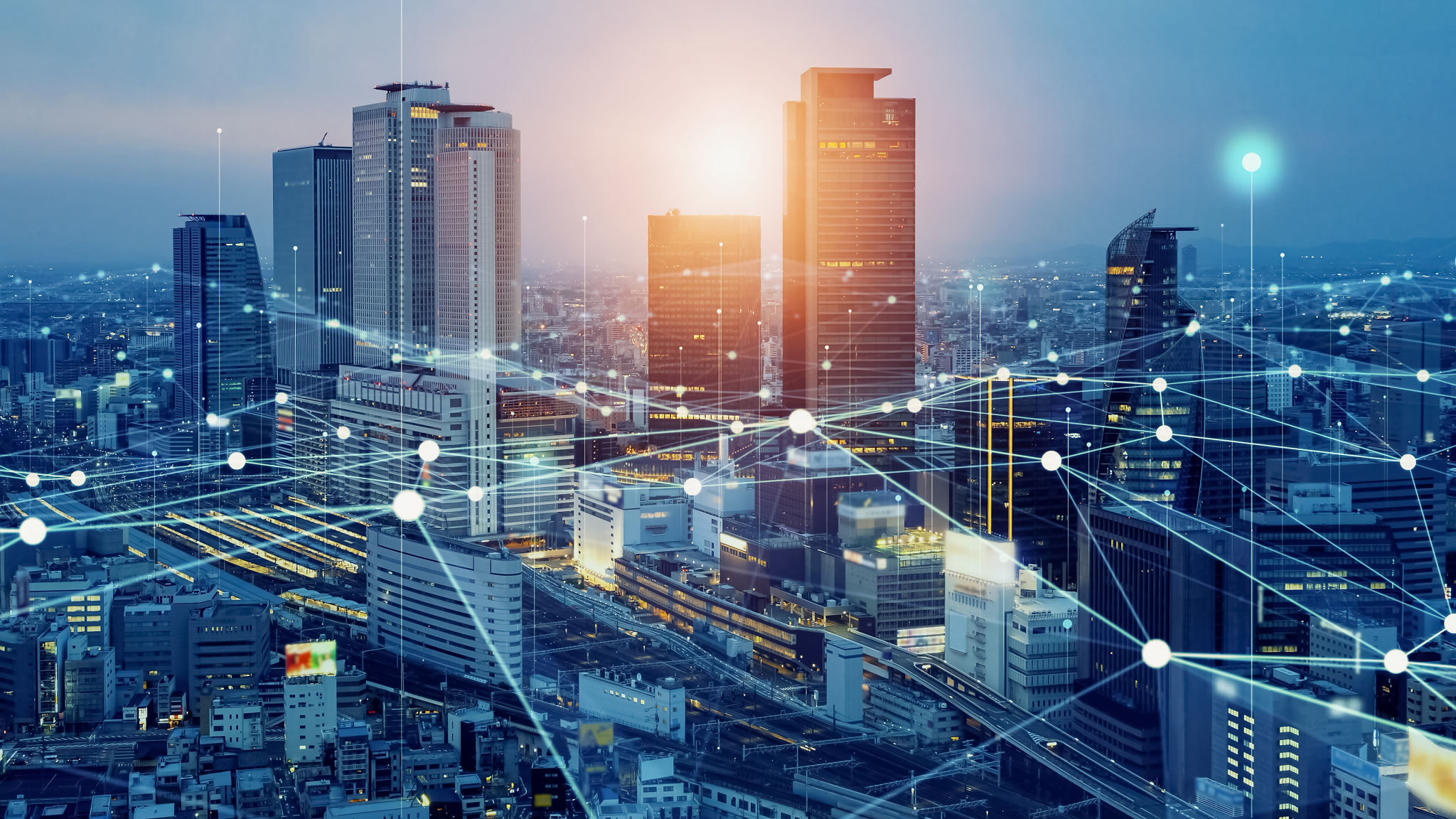The Future of DePIN Projects: Exploring Decentralized Physical Infrastructure Networks
Understanding DePIN: A New Era in Infrastructure
The concept of Decentralized Physical Infrastructure Networks (DePIN) is rapidly gaining traction as a transformative force in how we build and manage infrastructure. Harnessing the power of blockchain technology, DePIN projects are poised to redefine traditional infrastructure models by introducing decentralization, transparency, and enhanced security. As we delve into the workings of DePIN, it's crucial to explore how this innovative approach can potentially reshape our cities and communities.
In essence, DePIN projects leverage decentralized networks to manage physical infrastructure such as transportation systems, energy grids, and telecommunications. By utilizing blockchain, these networks ensure that data and operational control are distributed across numerous participants, minimizing the risks associated with centralized control and single points of failure.

The Advantages of Decentralized Networks
One of the primary benefits of DePIN is enhanced security. Traditional infrastructure systems are often vulnerable to cyberattacks due to their centralized nature. In contrast, DePIN projects distribute data across a network of nodes, making it significantly more challenging for malicious actors to compromise the system.
Moreover, DePIN promotes transparency and accountability. With data recorded on a public ledger, every participant can verify transactions and operations, reducing the potential for fraud or mismanagement. This transparency fosters trust among stakeholders and ensures that infrastructure projects are managed efficiently.

Real-World Applications of DePIN
The potential applications of DePIN are vast and varied. For instance, in the energy sector, decentralized networks can facilitate peer-to-peer energy trading, allowing consumers to buy and sell excess energy directly without intermediaries. This not only reduces costs but also promotes sustainable energy practices.
In urban transportation, DePIN can enable decentralized ride-sharing platforms that operate without a central authority. Such systems can provide more competitive pricing and greater privacy for users. Similarly, decentralized telecommunications networks can offer more resilient services by distributing data transmission across numerous nodes.

Challenges and Considerations
While the potential of DePIN is immense, several challenges must be addressed to ensure its successful implementation. One significant concern is scalability. As the number of participants in a network grows, so does the complexity of managing data and transactions. Developing efficient protocols that can handle large-scale operations is crucial for DePIN projects.
Additionally, regulatory hurdles may pose challenges. The decentralized nature of these networks can conflict with existing regulations that are designed for traditional infrastructure models. Policymakers and industry leaders must collaborate to create frameworks that accommodate the unique characteristics of DePIN while ensuring consumer protection and compliance.
The Road Ahead for DePIN Projects
As we look to the future, it's clear that DePIN projects have the potential to revolutionize how we interact with physical infrastructure. By embracing decentralization and leveraging advanced technologies, these projects can create more resilient, transparent, and efficient systems.
For stakeholders considering involvement in DePIN initiatives, understanding the importance of collaboration and innovation will be key. By bringing together diverse expertise from technology developers, policymakers, and industry leaders, we can overcome challenges and unlock the full potential of decentralized infrastructure networks.

In conclusion, while the journey towards widespread adoption of DePIN is just beginning, the opportunities it presents are vast. As technological advancements continue to evolve, so too will the capabilities and applications of decentralized physical infrastructure networks. The future holds exciting possibilities for those ready to embrace this new paradigm in infrastructure development.